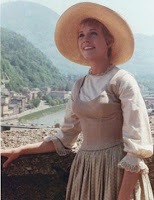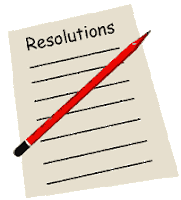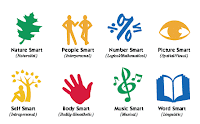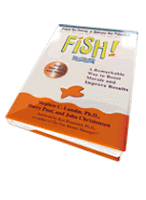 We are just about to move our Learning Team into a new office space in the building and are determined not to keep any (or the absolute minimum) of paper files and documents. If we really believe that information is a flow then how can we focus our energies on building our capacities finding just-in-time/up-to-date information and knowledge, rather than keeping hard copy “reference material” stacked up all around us? (See our 3 December 2006 blog post “How is information like electricity or water?”)
We are just about to move our Learning Team into a new office space in the building and are determined not to keep any (or the absolute minimum) of paper files and documents. If we really believe that information is a flow then how can we focus our energies on building our capacities finding just-in-time/up-to-date information and knowledge, rather than keeping hard copy “reference material” stacked up all around us? (See our 3 December 2006 blog post “How is information like electricity or water?”)
This is not just a problem of paper data storage, but also refers to electronic files. I read some interesting figures in the Financial Times Digital Business supplement today, “Once data are 90 days old, the chance that you will ever look at them again is less than 20 percent. When the data are a year old, that chance falls to less than 2 per cent. In most organizations, 60 per cent of corporate data could be deleted tomorrow and nobody would notice.” The result of keeping so much information around us, which is growing exponentially, is that the IT world is now talking about storage in terms of yottabytes (a one follow by 24 zeros – and I was excited about my gigabyte memory stick!)
In our team’s office space we have already tried to stop keeping paper files; however, the shift to electronic saving does not change the fact that the amount of information we are keeping is getting increasingly and unmanageably large. We really need to make that paradigm shift in the way we see information – not as a stock (paper or electronic) but as a flow. If we can, that should make for a nice, clean new office space. People might come in, look around, see our big round table, comfy chairs, workstations, empty bookcase and wonder, “What do these people do?” and that’s ok — we’re learning…






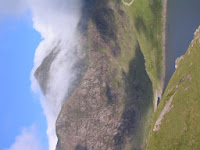
 What are your talents and your key strengths? And what are you doing to maximize these day-to-day?
What are your talents and your key strengths? And what are you doing to maximize these day-to-day? I received an email from my Father-in-Law this morning, with a nice little learning story which I thought I would share here. It goes as follows:
I received an email from my Father-in-Law this morning, with a nice little learning story which I thought I would share here. It goes as follows: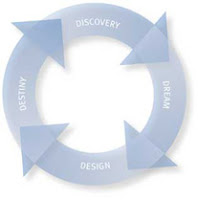



 Everyday I commute for two hours, traveling an hour to and from work with chunks of the journey by foot, tram, train and bike. For the past three years, this has been a time for thinking, reading and chatting with other commuter colleagues – on both professional and personal matters. The time has always been a much appreciated ‘wind up’ to and ‘wind down’ from the hours in the office. A recent addition to my commuter repertoire has made it even more enjoyable! – Podcasts.
Everyday I commute for two hours, traveling an hour to and from work with chunks of the journey by foot, tram, train and bike. For the past three years, this has been a time for thinking, reading and chatting with other commuter colleagues – on both professional and personal matters. The time has always been a much appreciated ‘wind up’ to and ‘wind down’ from the hours in the office. A recent addition to my commuter repertoire has made it even more enjoyable! – Podcasts.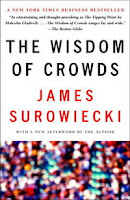 James Surowiecki has popularized the concept of
James Surowiecki has popularized the concept of 
